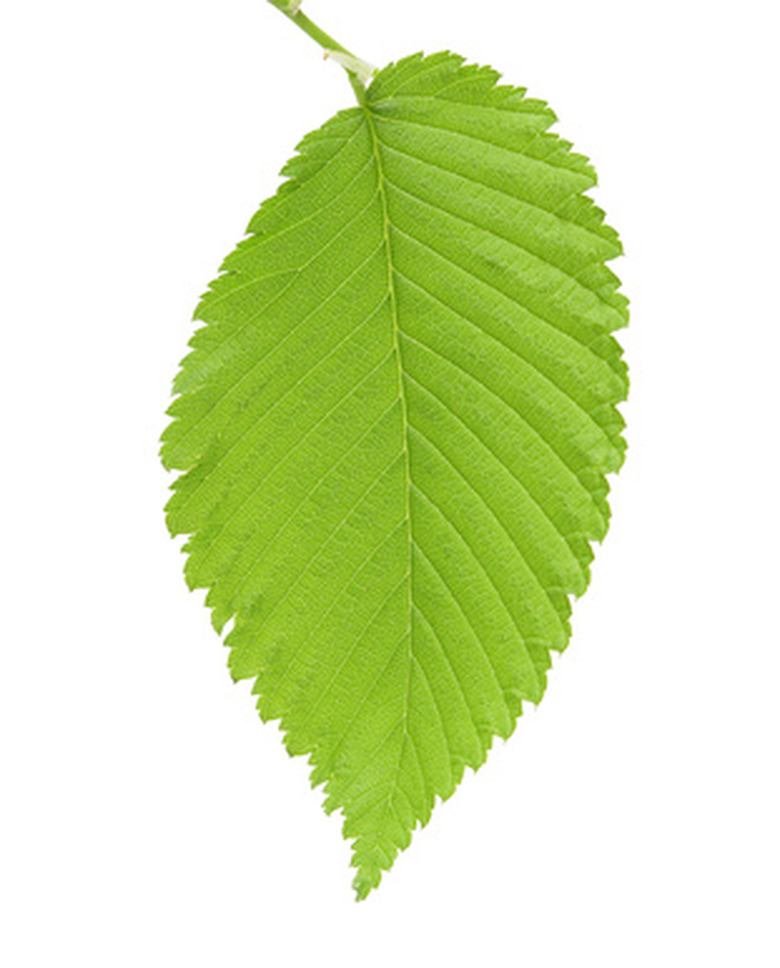Diseases Of Cedar Elm Trees
The cedar elm is native to the North American south. A slow-growing tree, the cedar elm grows to a height of 90 feet. The tree has oblong leaves that are fixed tightly to the branches. The bark is grayish pink that becomes grooved as the tree matures. The cedar elm is susceptible to Dutch Elm disease, wetwood, blackspot and anthracnose.
Dutch Elm Disease
Dutch Elm disease has decimated the elm tree population. Cedar elms are not as affected as other elm species, but are still in danger. The disease is a caused by a fungus that is spread by the elm bark beetle as it tunnels under the bark. The fungus blocks the connective tissue of the tree, depriving the upper branches of water. Symptoms begin with leaf curling on the upper branches, according to the USDA Forest Service. Leaves turn yellow, then brown. Another telltale sign is vertical streaks in the underbark. The fungus can move through the root system and kill other elm trees. Affected trees should be destroyed. Spray the tree with insecticide to kill the elm bark beetle. Trees can also be injected with fungicide to kill the fungus.
- The cedar elm is native to the North American south.
- The fungus can move through the root system and kill other elm trees.
Wetwood
Wetwood is caused by a bacterial infection that attacks the sapwood and heartwood of stressed trees by entering through wounds in the bark. Cedar elms are affected, as are many other species of tree. The symptoms include a profusion of sap on the outside of the trunk or branches, that when it hits the air, turns brown. The bacteria changes the composition of the cells, causing their moisture content to rise, according to the Tennessee Department of Agriculture. The leaves of the tree will also wilt. There is no treatment for wetwood except for prevention. Practice good pruning techniques to avoid wounding the tree. Fertilize and water the tree as necessary to keep the tree healthy. Apply an insecticidal spray to weeping areas to avoid insect infestation.
- Wetwood is caused by a bacterial infection that attacks the sapwood and heartwood of stressed trees by entering through wounds in the bark.
- The symptoms include a profusion of sap on the outside of the trunk or branches, that when it hits the air, turns brown.
Blackspot and Anthracnose
Both blackspot and anthracnose are caused by a fungus. Blackspot presents first as yellow or white spots on the leaves. The spots get larger and black spots appear in the centers, according to Oklahoma Cooperative Extension. If the infection is severe, the elm may experience leaf dieback. Anthracnose presents as brown spots or scorched areas on the leaves. Anthracnose-affected leaves may fall prematurely. The disease can also affect the twigs and new shoots of the elm. Leaf spot diseases are generally not serious. Remove and destroy affected branches.
- Both blackspot and anthracnose are caused by a fungus.
- Anthracnose presents as brown spots or scorched areas on the leaves.
